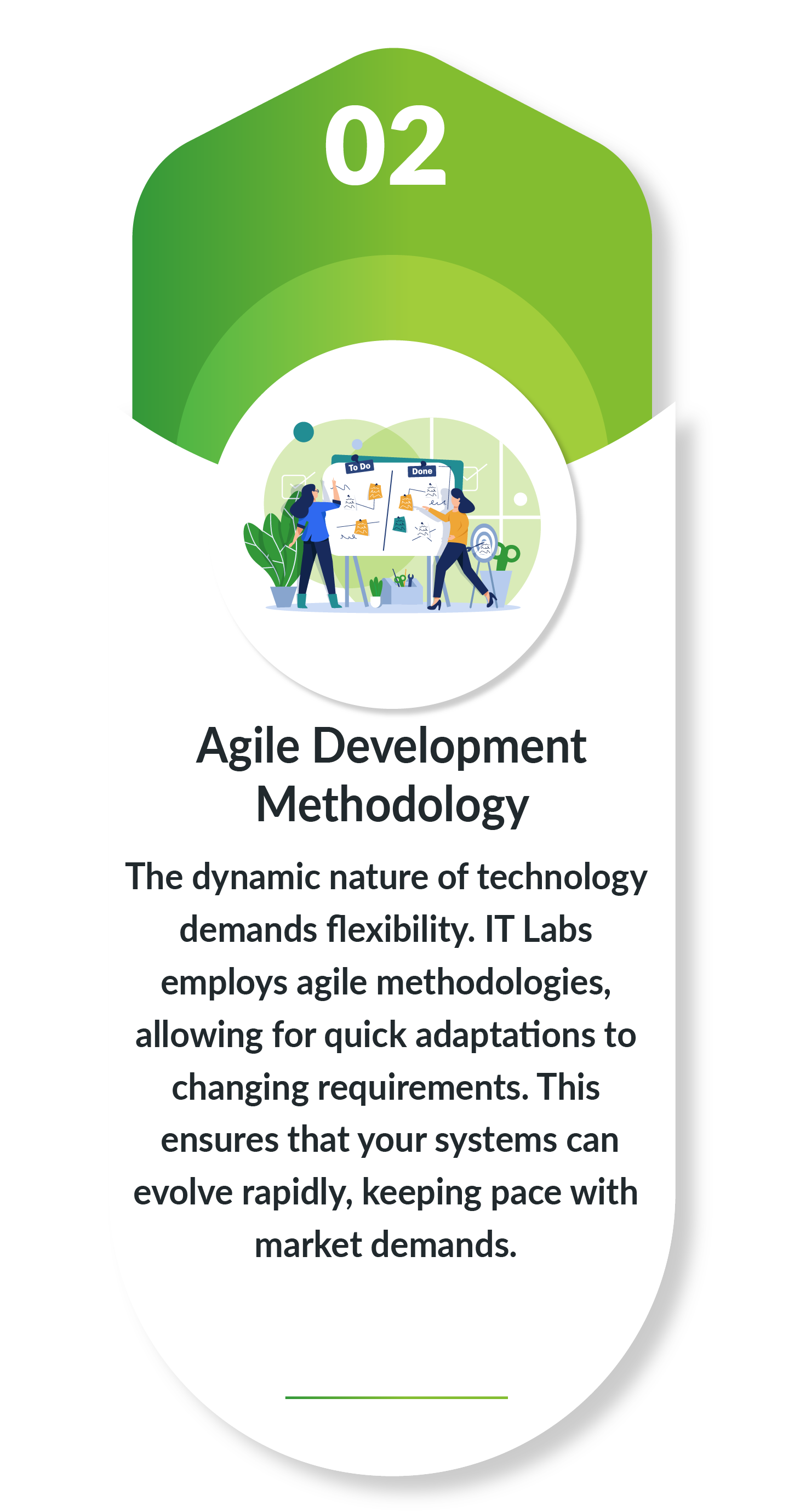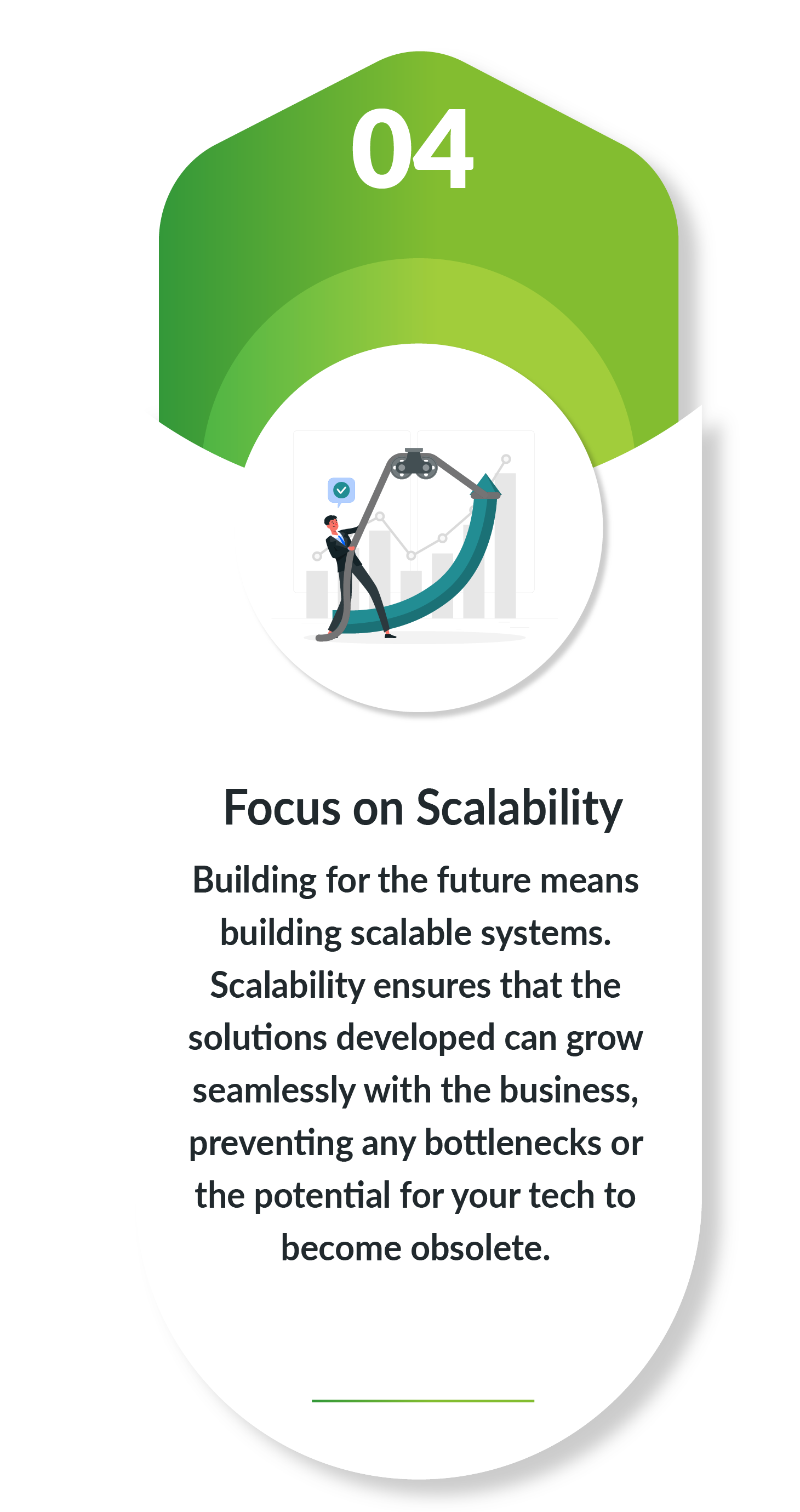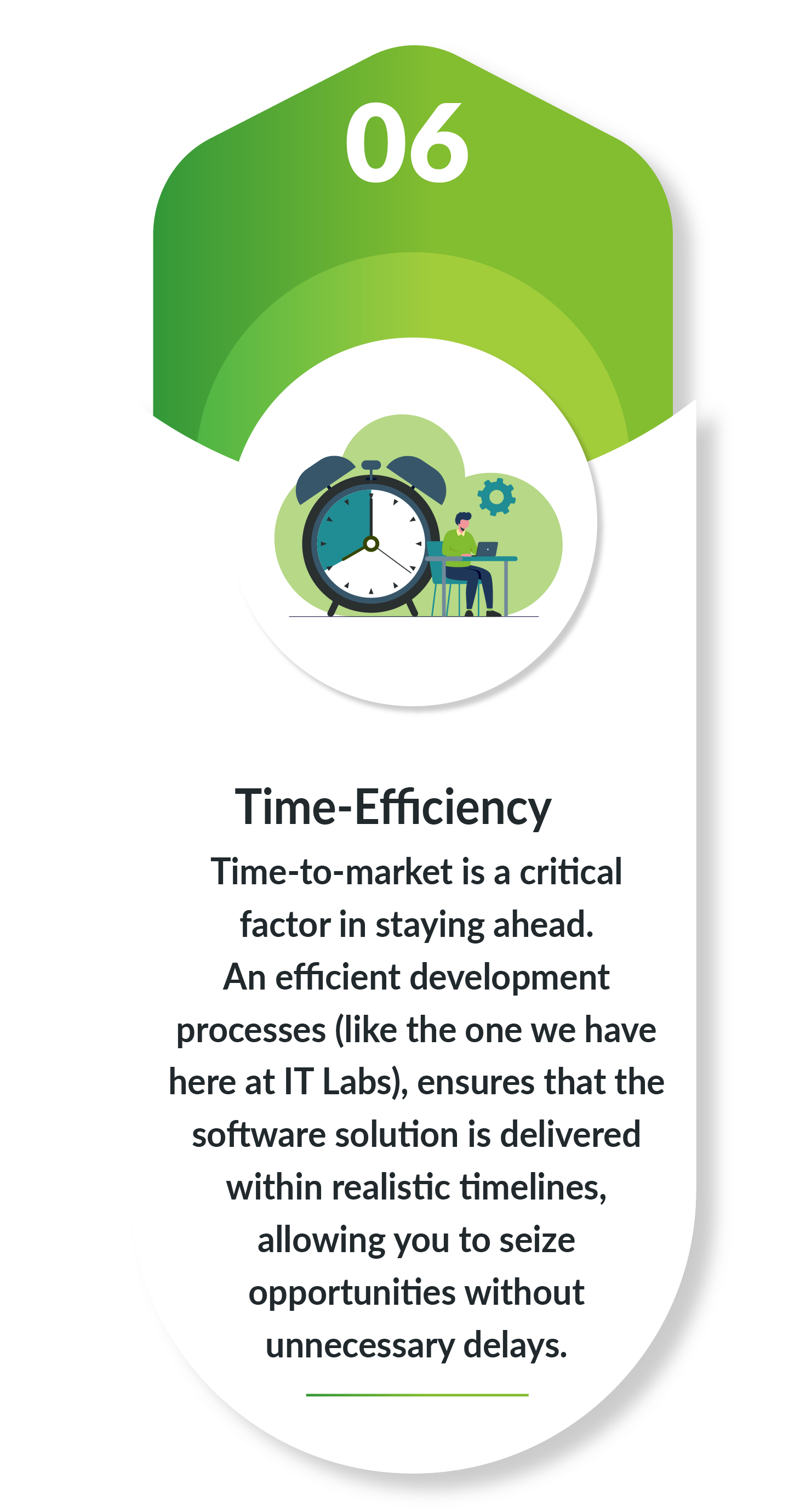In the ever-evolving landscape of technology, businesses often find themselves grappling with the challenge of developing innovative software solutions to stay ahead of the competition – and with the advancements made in technology, coupled with the customer and market demands, innovation has turned from goal to a necessity.
For businesses and leaders that lack the capacity to create and deploy software, the journey from conception to execution can be a daunting one. This poses a problem that can be both resource and time-consuming – and one that can be easily solved by finding an external partner that can do this for them – like IT Labs.
Choosing your software development partner is not like choosing a regular vendor for your needs – it’s a strategic move that can empower your business by building resilient, scalable, and innovative applications. By leveraging you partner’s expertise and experience, you’re not just keeping up with the competition in the present – you’re laying the groundwork for a more sustainable future.
What Your Outside Expert Needs to Look Like
Considering the role, the implications, and the potential influence your software development partner might have on business growth, it’s important that you pick the right one. This means that your outside experts need to have the following qualities:








And, of course, there’s always the option of mixing teams – in an era where technological prowess defines competitiveness, the synergy between in-house teams and external expertise becomes a cornerstone for success.
Getting the Collaboration Moving – Process Outline
The process of getting the collaboration moving, it’s important to follow the phases through, as the initial phases are crucial in setting up the collaboration for success.
Our approach for tech leaders wanting to work together in navigate the software development process is listed below:

Step 1 – Define Clear Objectives and Requirements
Before embarking on the software development journey, technology leaders must clearly define project objectives and requirements. This includes understanding business goals, user needs, and desired functionalities. Meticulously documenting forms the foundation of the project.
Step 2 – Assess In-House Capabilities
Tech leaders should evaluate their in-house capabilities and expertise. By acknowledging strengths and identifying potential skill gaps, technology leaders can strategically decide which aspects of the project are best suited for internal development and where external expertise would be invaluable.


Step 3 – Forge a Strategic Partnership
Selecting the right software development partner is paramount and tech leaders should opt for a partner, with a track record of success deliveries, diverse tech capacity and innovation. This partnership should not be transactional but collaborative, where open communication and shared goals foster an environment of trust and creativity.
Step 4 – Collaborative Planning and Agile Methodologies
Work closely with the chosen software development partner in collaborative planning. Adopt agile methodologies that allow for iterative development, ensuring that the project stays on track, and adjustments can be made swiftly. This fosters a culture of adaptability and responsiveness to changing requirements.


Step 5 – Radical Transparency in Project Management
Maintain radical transparency throughout the project. Regular updates, transparent communication channels, and shared project management tools contribute to a seamless flow of information between the in-house team and the software development partner. This not only builds trust but also ensures that everyone is on the same page.
Step 6 – Continuous Learning and Innovation
Encourage a culture of continuous learning and innovation. Leverage the expertise of the software development partner to introduce cutting-edge technologies and methodologies. This not only enhances the quality of the final product but also empowers the in-house team with valuable insights and skills.


Step 7 – Budget Management and Deadline Adherence
Collaborate with the software development partner to establish a realistic budget and timelines. Transparent financial discussions and a clear understanding of project scope are essential. Regularly review progress against milestones to ensure that deadlines are met without compromising on quality.
Takeaways
So, in the ever-evolving realm of technology, a partnership with IT Labs emerges as the linchpin for some technology leaders aiming to stay ahead of the competition. IT Labs unwavering commitment to expertise across diverse technologies, agile development methodologies, and a relentless focus on customisation and scalability positions software development providers like IT Labs as not just a service provider, but a strategic ally.
By emphasising security, ensuring time-efficient development, fostering a culture of continuous innovation, and nurturing collaborative partnerships, IT Labs not only builds applications but also constructs a pathway to sustained success.
In choosing IT Labs, technology leaders not only invest in cutting-edge solutions but also embrace a dynamic and future-ready approach that propels their businesses ahead of the curve.

Author

















































































































































































































